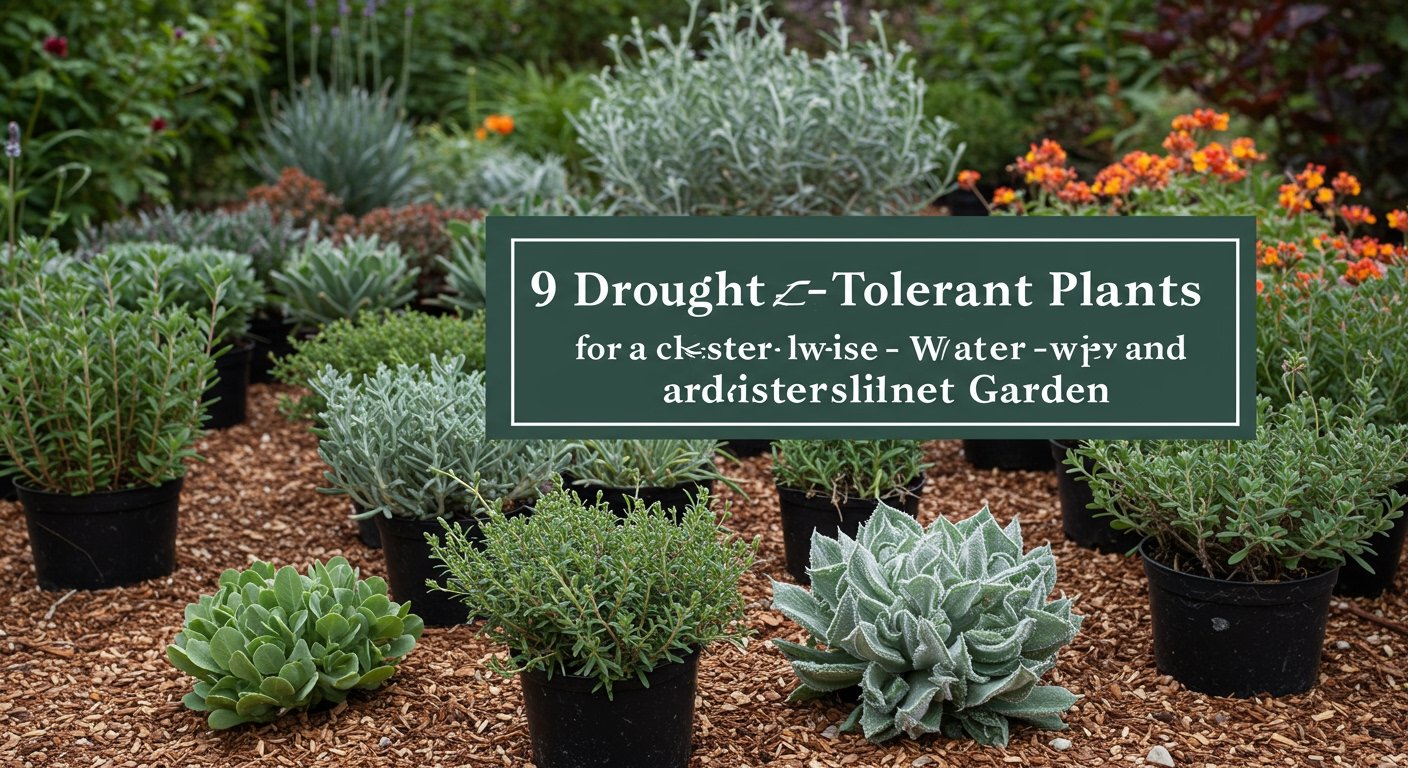In an era where water conservation is more crucial than ever, cultivating a garden that thrives on less water isn’t just a trend—it’s a smart and sustainable choice. Whether you’re facing regional water restrictions, aiming to lower your utility bills, or simply desire a garden that’s easier to maintain, embracing drought tolerant plants is the answer. These remarkable plants are naturally adapted to survive with minimal irrigation, making them perfect for creating a beautiful and water-wise garden.
But what are drought tolerant plants exactly? They are species that have evolved special features—like waxy leaves, deep root systems, or succulent tissues—to store water or reduce water loss, allowing them to flourish in dry conditions. Choosing these low water landscaping plants means less time spent watering and more time enjoying a vibrant, healthy outdoor space. Get ready to transform your garden into a resilient oasis with our top 9 picks for stunning, easy care drought tolerant plants.
Top 9 Drought-Tolerant Plants for a Thriving, Low-Water Garden
Ready to dive into the world of drought tolerant plants? This xeriscape plant list showcases a variety of options, from colorful flowers to drought resistant shrubs and perennials for dry climates. These selections are known for their beauty, hardiness, and ability to thrive without constant care, making them some of the best plants for dry hot climates.
1. Lavender (Lavandula spp.)
- Why it’s great: Famous for its soothing fragrance and beautiful purple blooms, Lavender is a classic perennial for dry climates. It’s incredibly hardy once established and provides a lovely sensory experience in the garden. Bees and butterflies love it too!
- Care Tip: Plant in full sun and well-draining soil. Avoid overwatering.
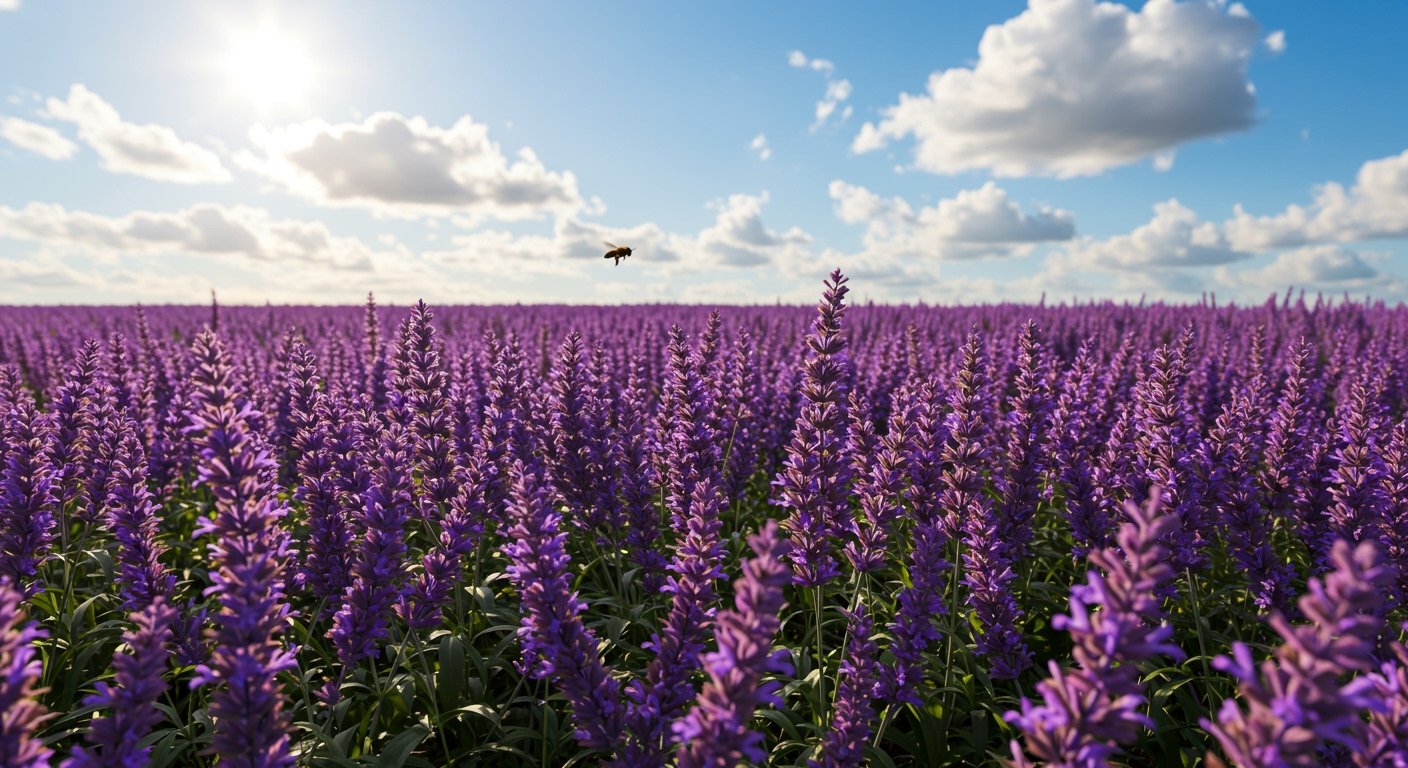
2. Sedum (Stonecrop)
- Why it’s great: Sedums are part of the succulents drought tolerant family, known for their ability to store water in their fleshy leaves. They come in a vast array of sizes and forms, from groundcovers to upright varieties, offering year-round interest. They are truly low maintenance dry garden stars.
- Care Tip: Requires very little water and thrives in rocky, poor soil. Full sun is best.
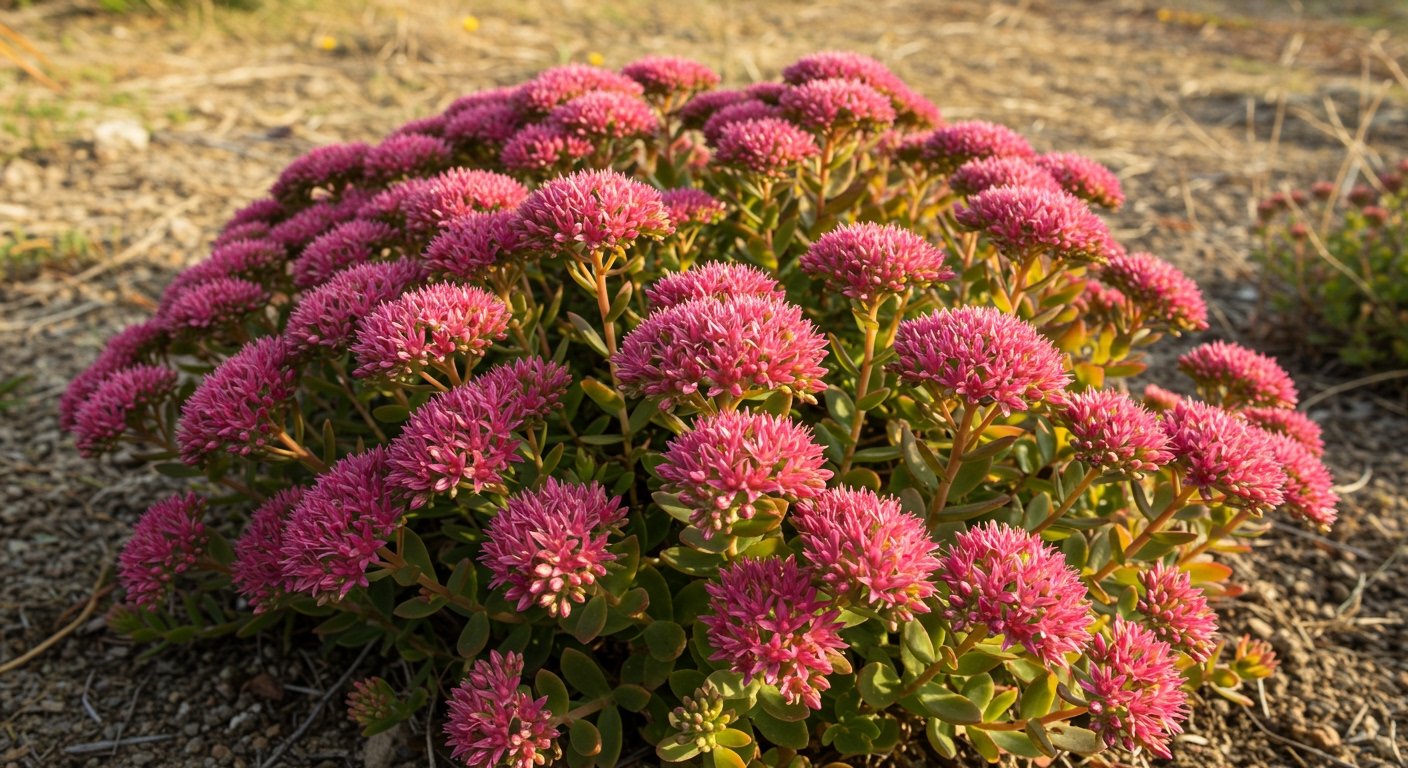
3. Russian Sage (Perovskia atriplicifolia)
- Why it’s great: With its silvery-grey foliage and airy spikes of lavender-blue flowers, Russian Sage adds a delicate texture and long-lasting color to the garden. It’s a fantastic perennial for dry climates that can handle intense heat and drought with ease.
- Care Tip: Plant in full sun and give it plenty of space to spread. Prune in early spring for best shape.
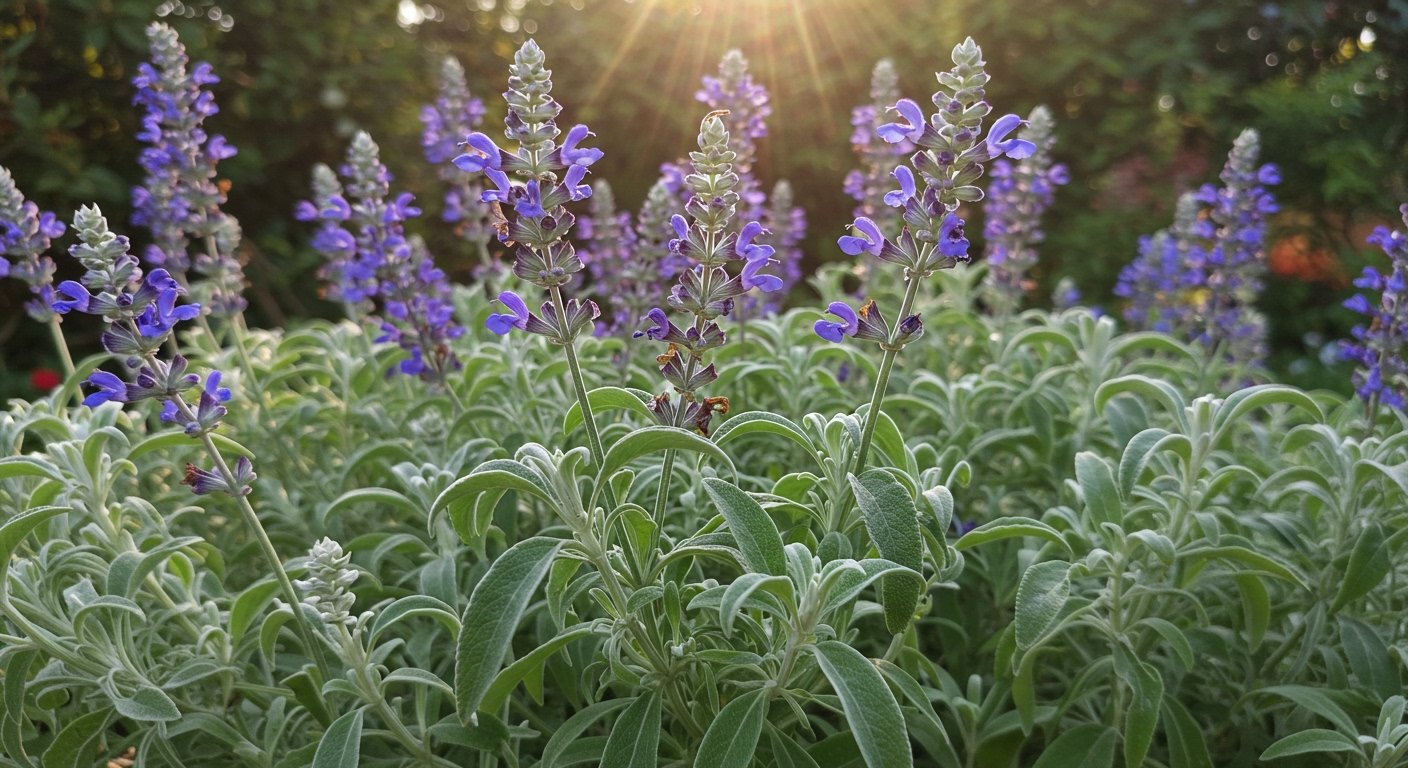
4. Coneflower (Echinacea)
- Why it’s great: A beloved prairie native, Coneflowers are cheerful, daisy-like blooms that are incredibly tough. They are a fantastic native drought tolerant plant that attracts pollinators like bees and butterflies, and they stand up well to dry conditions once established.
- Care Tip: Prefers full sun and well-drained soil. Deadhead spent blooms for more flowers.

5. Yarrow (Achillea)
- Why it’s great: Yarrow is an extremely resilient perennial for dry climates with fern-like foliage and flat-topped clusters of flowers in shades of yellow, pink, red, and white. It’s tough, deer-resistant, and ideal for drought tolerant landscaping ideas.
- Care Tip: Thrives in full sun and poor to average soil. Tolerates heat and humidity well.
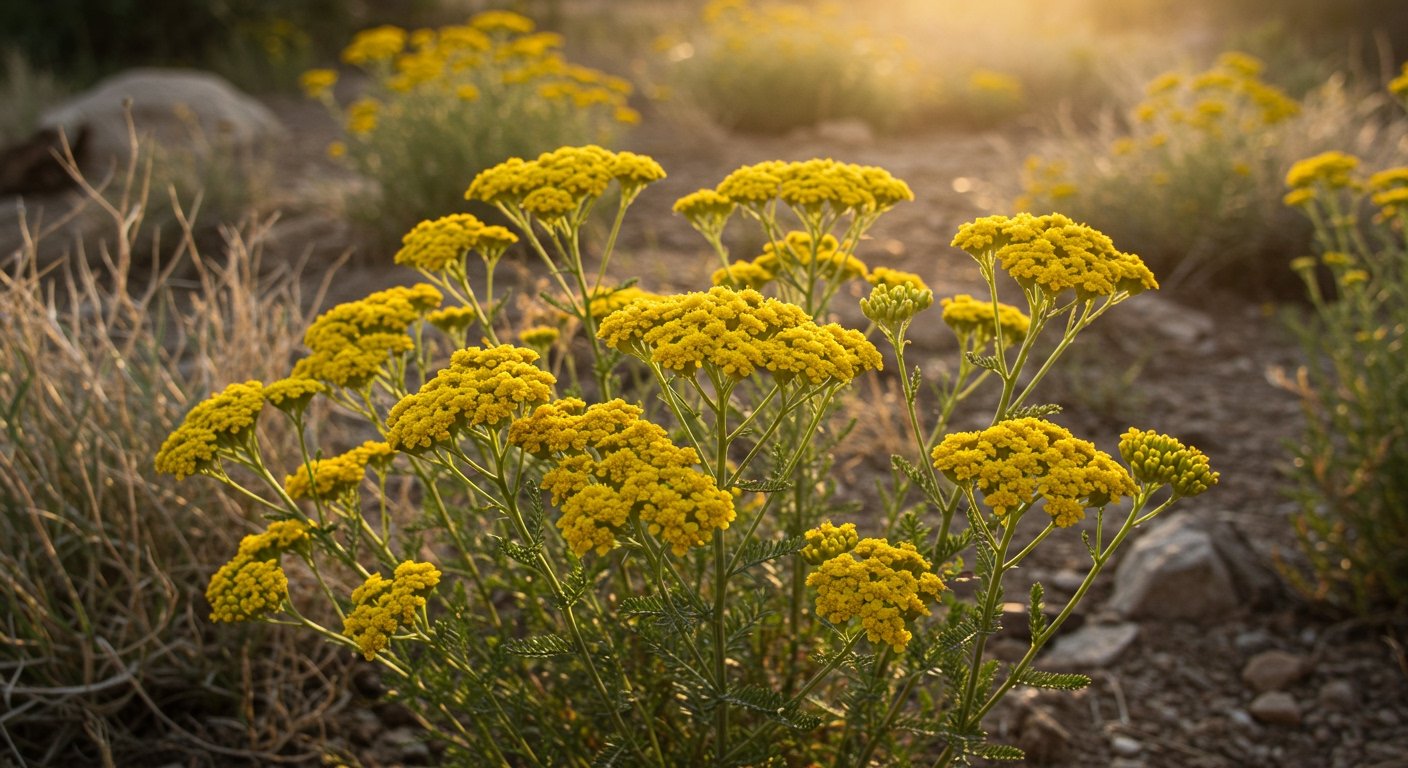
6. Agave
- Why it’s great: Known for their striking, architectural form, Agaves are another incredible succulents drought tolerant option. Their bold shapes and varying leaf colors add dramatic flair to any resilient garden design. Larger varieties can even act as drought resistant shrubs.
- Care Tip: Needs excellent drainage and full sun. Be mindful of their sharp leaf tips.
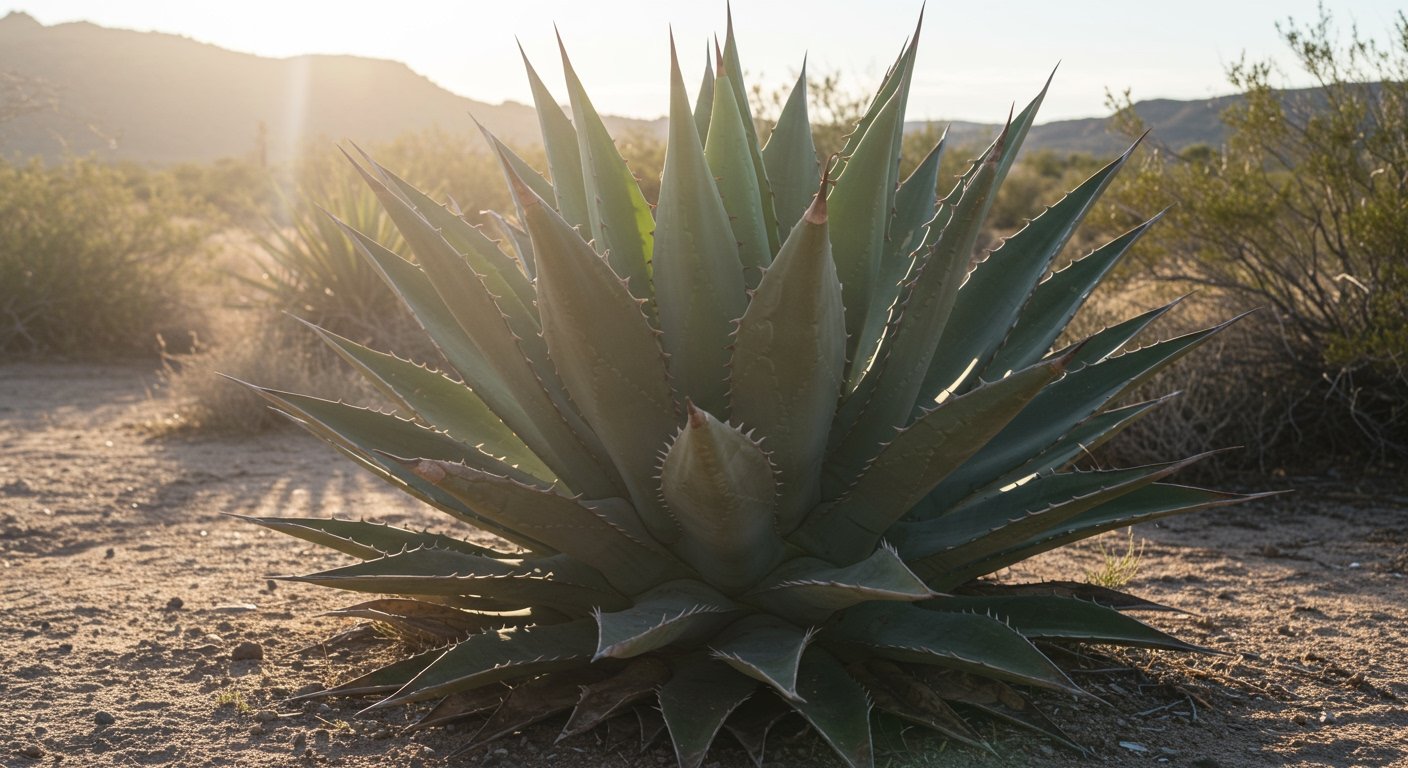
7. Ornamental Grasses
- Why it’s great: From feathery plumes to spiky textures, ornamental grasses offer movement and year-round interest. Many varieties, like Feather Reed Grass or Blue Fescue, are excellent plants that don’t need much water and are perfect for low water landscaping plants.
- Care Tip: Most prefer full sun and well-drained soil. Prune in late winter or early spring before new growth appears.
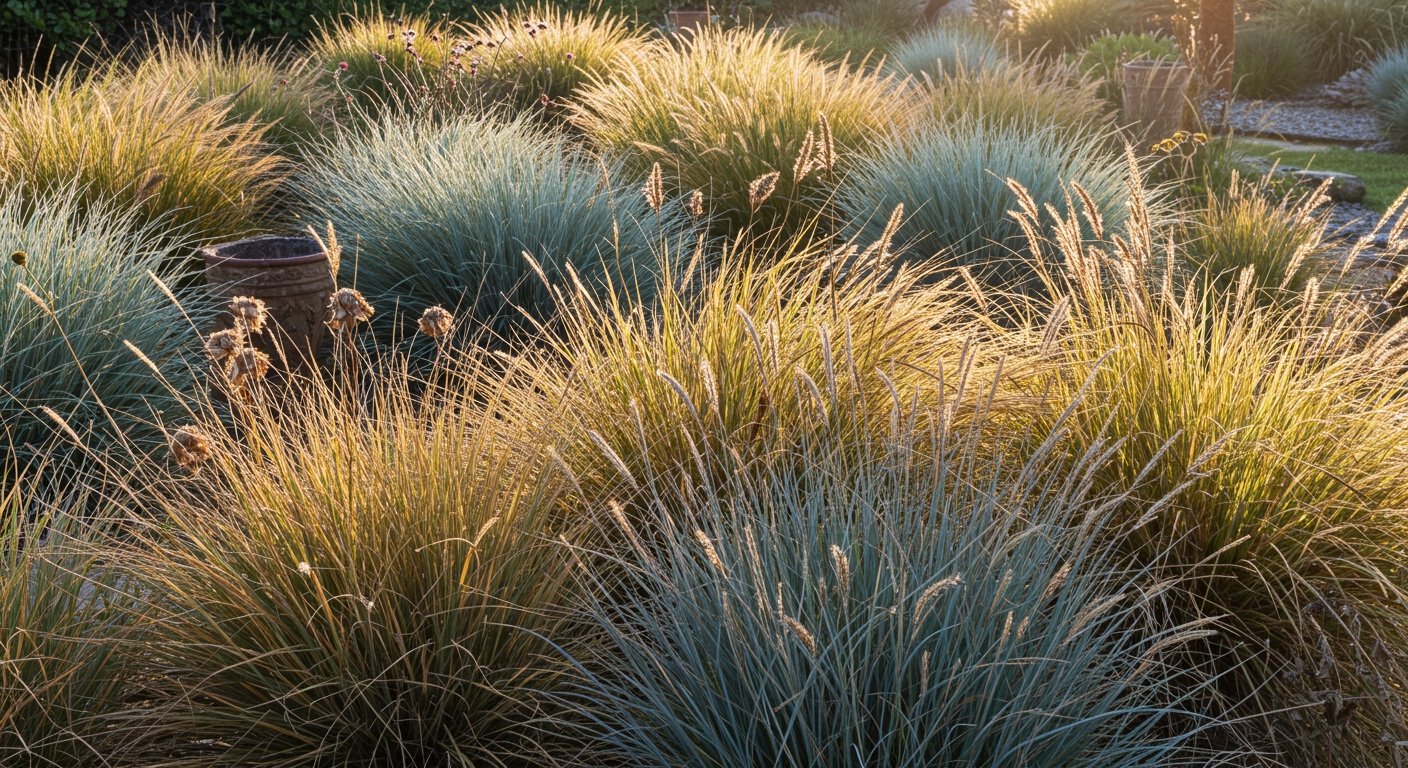
8. California Poppy (Eschscholzia californica)
- Why it’s great: A truly cheerful and low-maintenance annual, the California Poppy is a native drought tolerant plant that produces bright orange, yellow, or cream cup-shaped flowers. It’s perfect for naturalizing and adding vibrant splashes of color to drought tolerant landscaping ideas.
- Care Tip: Prefers full sun and well-drained soil. Easily reseeds itself for continued beauty.
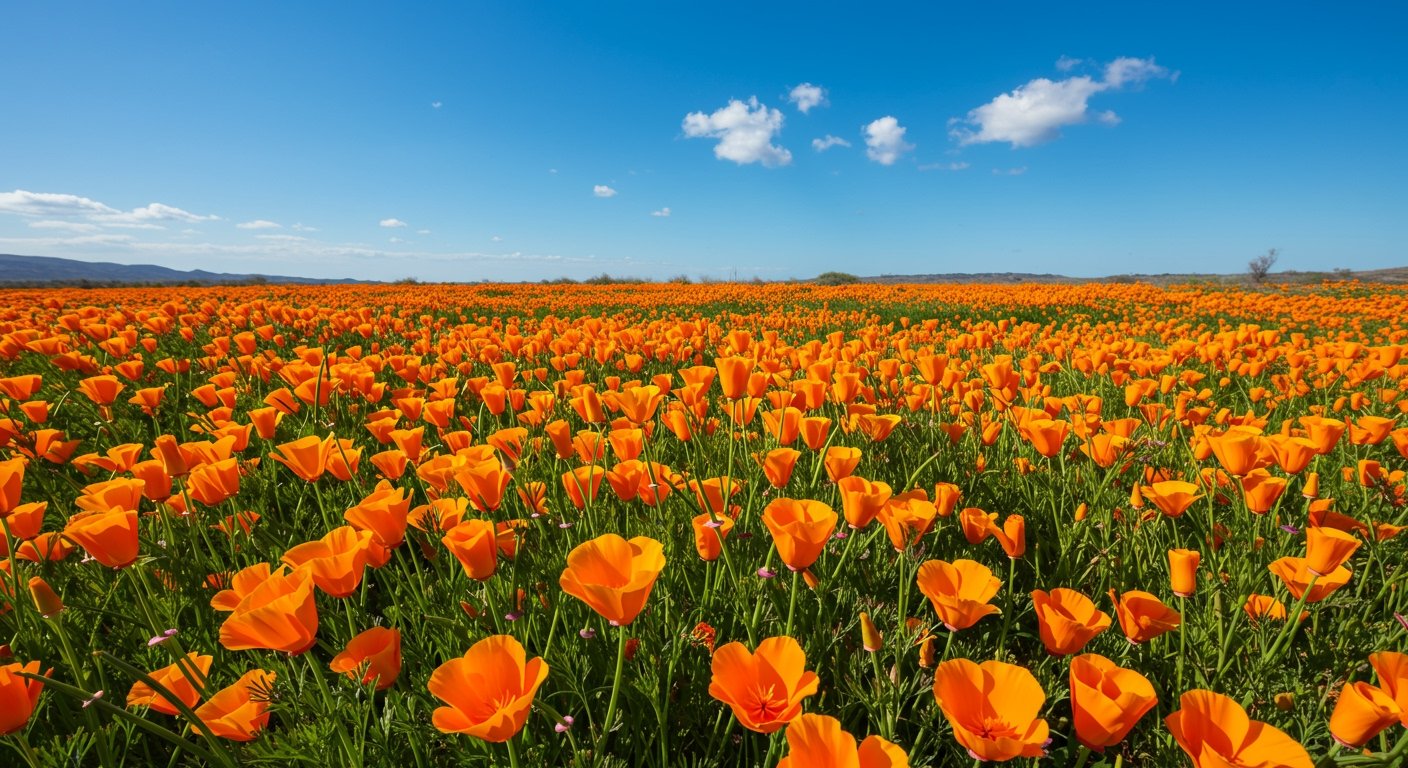
9. Rosemary (Rosmarinus officinalis)
- Why it’s great: Not just a culinary herb, Rosemary is a beautiful and fragrant evergreen drought resistant shrub. Its needle-like leaves and small blue flowers add texture and year-round interest, making it a wonderful addition to any water-wise garden plants list.
- Care Tip: Needs full sun and excellent drainage. Can be pruned into various shapes.
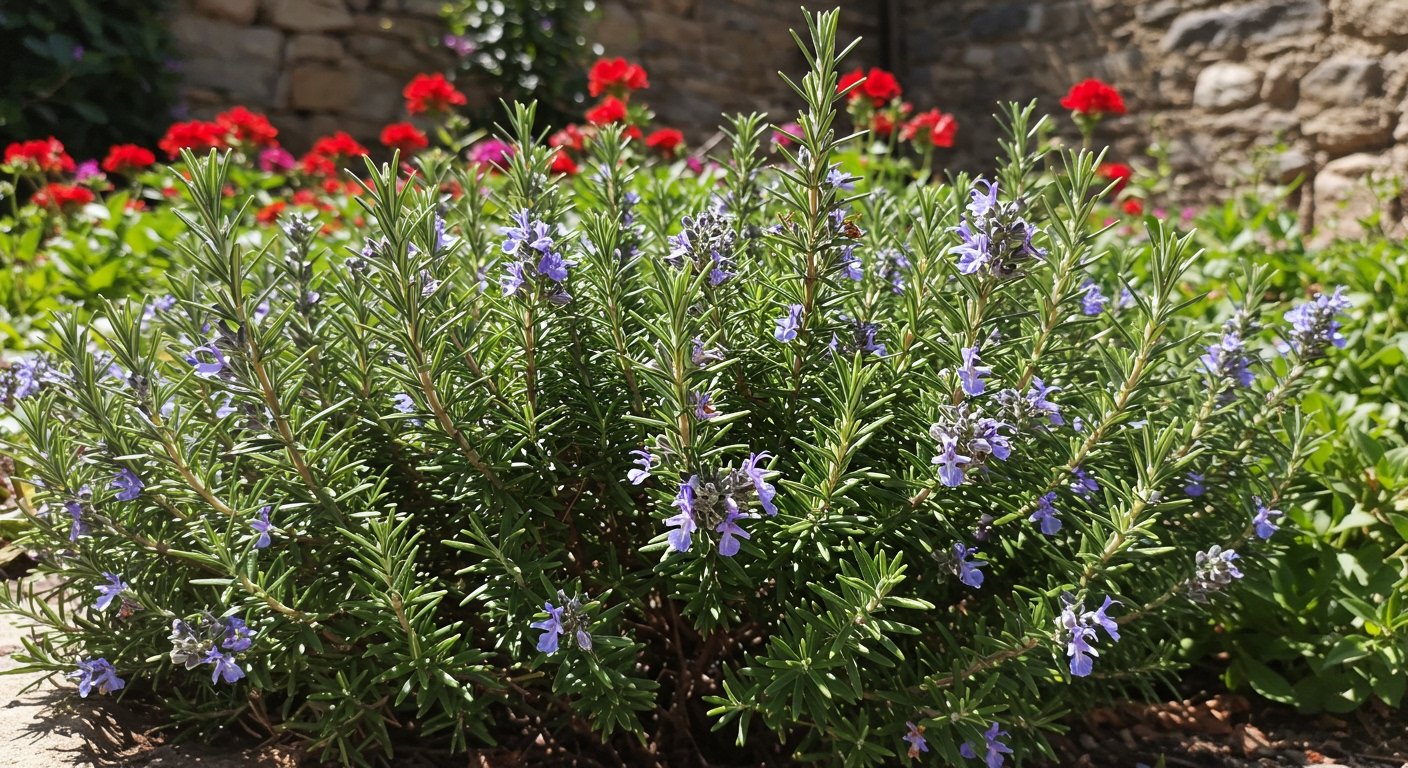
Beyond the Plants: Creating a Resilient, Water-Wise Garden
Choosing the right drought tolerant plants is a fantastic start, but a truly resilient garden involves a few other key practices. Implementing these tips will further enhance your efforts to save water gardening and create a sustainable landscape:
- Mulch, Mulch, Mulch: A 2-4 inch layer of organic mulch (like wood chips or shredded bark) around your plants dramatically reduces water evaporation from the soil, suppresses weeds, and moderates soil temperature. This is a game-changer for resilient garden design ideas.
- Group Plants by Water Needs: Place plants with similar water requirements together. This allows you to irrigate more efficiently, giving water where and when it’s most needed, rather than overwatering some plants and underwatering others.
- Water Deeply and Infrequently: Even plants that don’t need much water benefit from a good soak occasionally. Deep watering encourages roots to grow deeper, making plants more resilient to dry spells. Shallow, frequent watering leads to shallow roots and less drought resistance.
- Improve Soil Drainage: Many drought tolerant plants thrive in well-drained soil. If you have heavy clay, amending it with organic matter can improve its structure and prevent root rot.
By incorporating these drought tolerant plants and smart gardening practices, you’re not just saving water; you’re building a beautiful, low maintenance dry garden that can withstand the challenges of a changing climate. Embrace the beauty and resilience of these plants, and enjoy a garden that flourishes with less fuss and more sustainable charm. Your water-wise garden plants will thank you!
Frequently Asked Questions
What exactly does “drought tolerant” mean for a plant?
Drought tolerant plants are species that have evolved natural adaptations to survive and thrive with minimal water, often due to their ability to store water (like succulents) or reduce water loss (like plants with waxy leaves or deep root systems).
How often do I need to water drought tolerant plants once they are established?
Even drought tolerant plants need water to get established, typically for the first growing season. Once established, they generally need watering deeply but infrequently, perhaps once every few weeks during very dry periods, rather than daily or weekly. Always check the soil moisture before watering.
Can I grow drought tolerant plants in containers or pots?
Yes, many drought tolerant plants, especially smaller varieties and succulents, grow very well in pots. The key is to use a well-draining potting mix and ensure your pots have drainage holes to prevent waterlogging, which can be detrimental to these plants.
Are all native plants automatically drought tolerant?
While many native plants are indeed adapted to their local climate’s rainfall patterns and often display drought tolerance, it’s not a universal rule. Some native plants might prefer moist environments, so it’s always best to research the specific water needs of a native plant before assuming it’s drought tolerant.
Do drought tolerant plants require any special kind of soil?
Most drought tolerant plants prefer well-draining soil, often lean or sandy. They generally don’t require rich, heavily amended soil. Good drainage is crucial to prevent root rot, as prolonged moisture can be more damaging than drought for these species.
